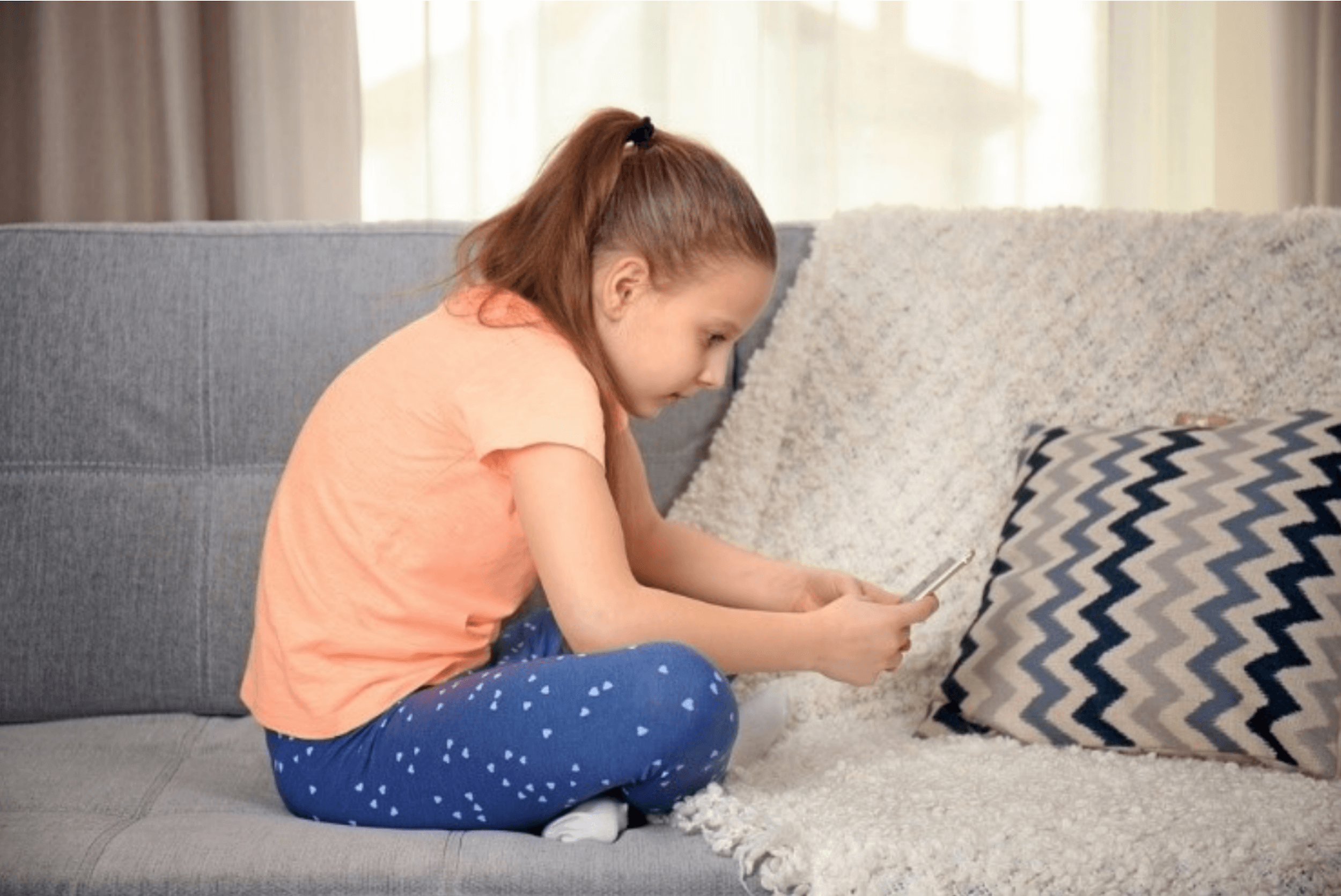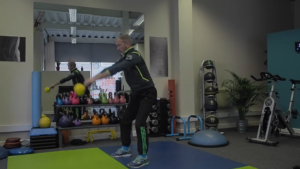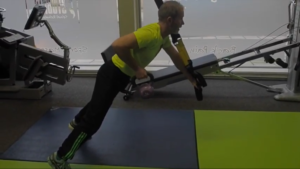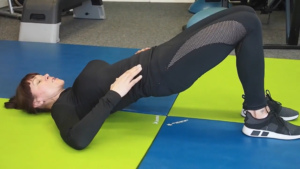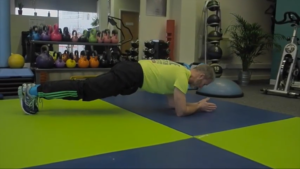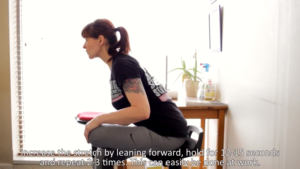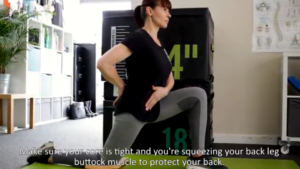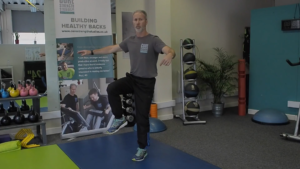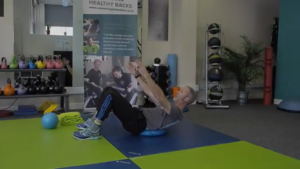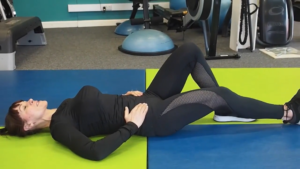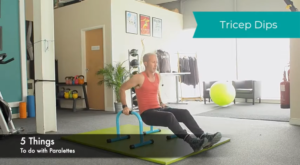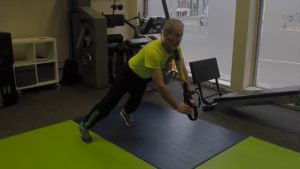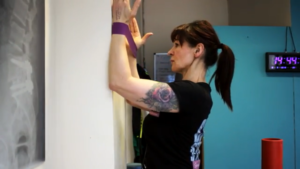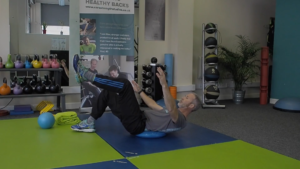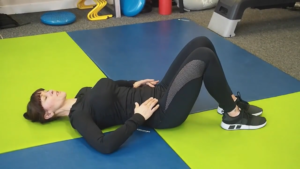Studies show that one-quarter of UK secondary school pupils now suffer from regular or daily back pain, and this has been linked to prolonged sitting and the carrying of school bags.
In the last 23 years, the amount of time that children aged 5 to 16 spend in front of a screen has more than doubled. In 1995, 3 hours a day were spent on screen-time, and the average now – perhaps unsurprisingly, given our technology-led lifestyles – is 6 and a half hours a day.
This, combined with the 70% of the school day which is spent seated, and a drop in activity as fewer children walk to school (in the last 40 years, the number of primary age children who walk to school has dropped from 64% to 42%) is having a detrimental effect on the back health of young people.
With studies showing that children with back pain are more likely to suffer as an adult, it’s increasingly important to educate our children in the importance of good back health to help reverse the trend of back pain occurring in younger generations.
Employers are more aware than ever of the benefits of a work environment which encourages good physical health in their workforce, but sadly schools are yet to jump on board.
As parents, we can support our children to reduce their pain and prevent further problems in several ways
Reduce Screen Time
As a parent, I appreciate this may be met with considerable resistance, but if you can agree together on a limit and explain the reasons why it may help your children understand. There are also apps which you can download which limit time spent on a tablet/phone.
Whilst there’s no official guidance in the UK on a maximum number of hours we should allow our children in front of a screen, general guidance seems to be no more than 2 hours a day for 5-18-year olds.
As with adults, spending too long in a seated position compresses the spine and prevents the discs expanding and contracting to absorb nutrients. In addition, when we are standing and moving, our core muscles are activated but when we stay seated for too long and use our core less, the important back and core-stabilising muscles can become weak and unable to provide our back with the support it needs.

Encourage them to Get Active
Children should do at least 60-minutes of physical activity each day. A recent study found that a third of boys and two-thirds of girls aged 8-9 are failing to meet this recommendation.
With schools offering an average of 2 hours PE per week, we need to do more to encourage children to be more active every day.
By helping them get active by walking the dog, going out on their bikes/scooters, or playing in the garden, you will be helping ward of back pain by keeping their bodies moving and spines supple. This, in turn, helps lubricate the joints and improve the health of their discs.
Invest in A Good School Bag
One in four children with back pain experience problems because of heavy school bags. The weight of a child’s bag should not exceed 10% of their body weight.
Backpacks are the best kind of bag, with weight being evenly distributed across the back and both shoulders. Single strap bags place too much weight one side, causing muscular imbalances and compensatory problems in the back and shoulders.
If your child has a backpack, encourage them to use both straps. Carrying a backpack using just one strap is as damaging as using a single strap bag.
Check the contents of their bag regularly and encourage them to only carry the items they need that day.
If your child insists on a single strap bag, encourage them to wear it across their body do the weight is more evenly distributed.
Be Aware of Stress & Anxiety
Extra demands on young people can contribute to back pain. The pressure of school and social anxiety can lead to poor mental health and stress.
This places additional pressure and tension on the body, sometimes manifesting itself in back, neck or shoulder pain.
Exercise and increased activity, with the release of endorphins (our feel-good hormone), can help increase feelings of well-being, as can using mindfulness apps as well as talking to your child about any worries they may have.
If you are concerned about your child’s back pain, visit a professional who specialises in treating children and young adults. As their skeleton is still growing, it’s important to seek help sooner rather than later to avoid long-term problems.
featured

4 Simple Ways to Stop Your Phone Hurting Your Neck
As a nation, we now spend a day a week online. At 70%, more of us than ever are using our smartphones to stay connected so it’s no surprise that there is a steep rise in the number of people suffering from neck, shoulder and upper back pain. ‘Text-neck’ is now a thing as we ...
Reading Time: 3 minutes >
Anatomy of the Back
How is The Back Made Up? Your spinal column provides support for your body. Without it, you wouldn’t be able to stand upright, bend or twist. Vertebrae Your spine consists of 33 bones (your vertebrae) linking your skull and pelvis. Each vertebra has 3 main components; 1. The vertebral body at the back of the ...
Reading Time: 3 minutes >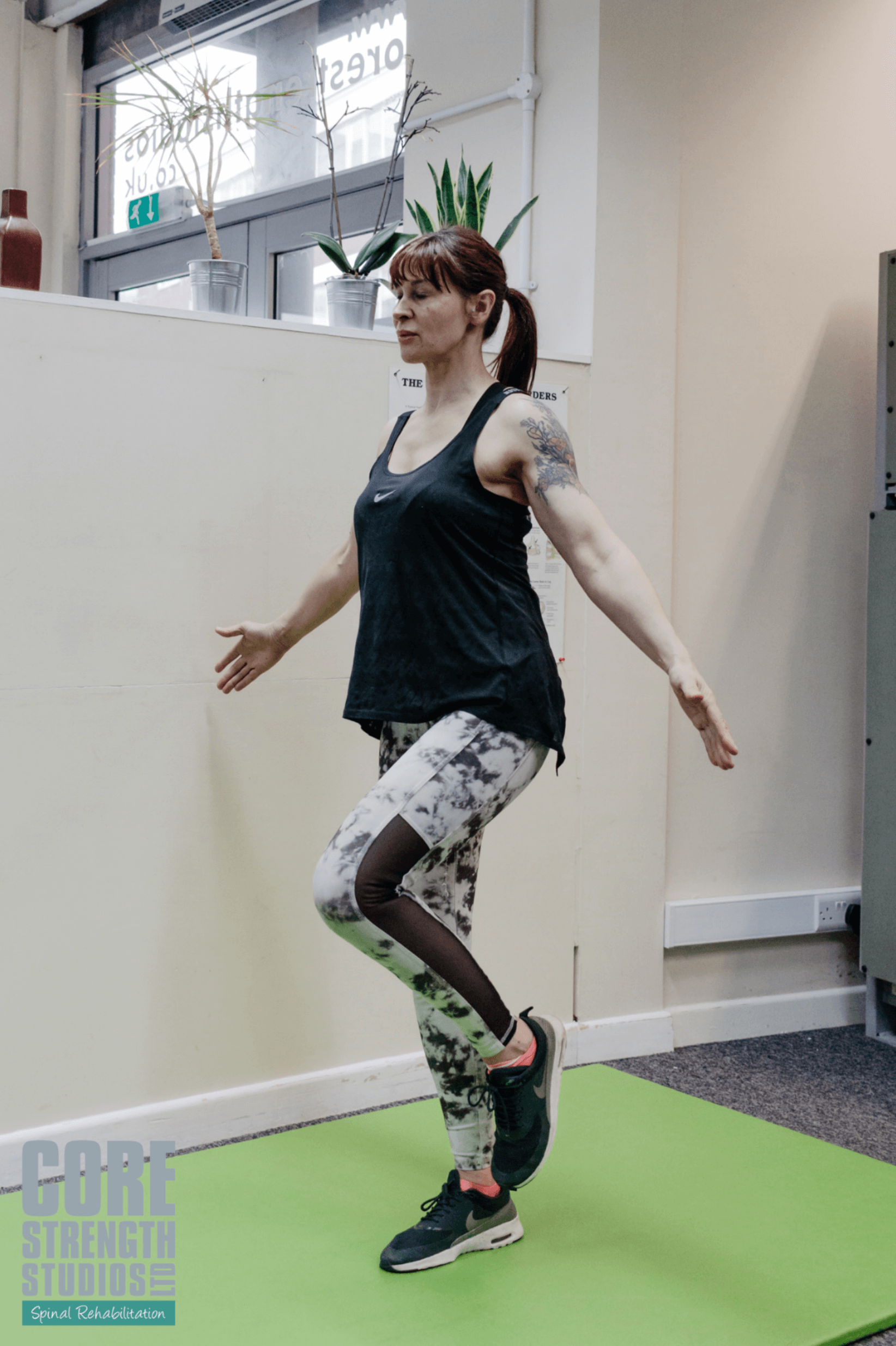
How to Improve Your Posture
Good posture is about more than keeping a straight back. It’s about reducing the strain on your body and placing it in a position which places the least stress on your muscles, joints and ligaments. It’s not just about how you stand either, it’s about things like your driving position, how you hold yourself when ...
Reading Time: 2 minutes >
